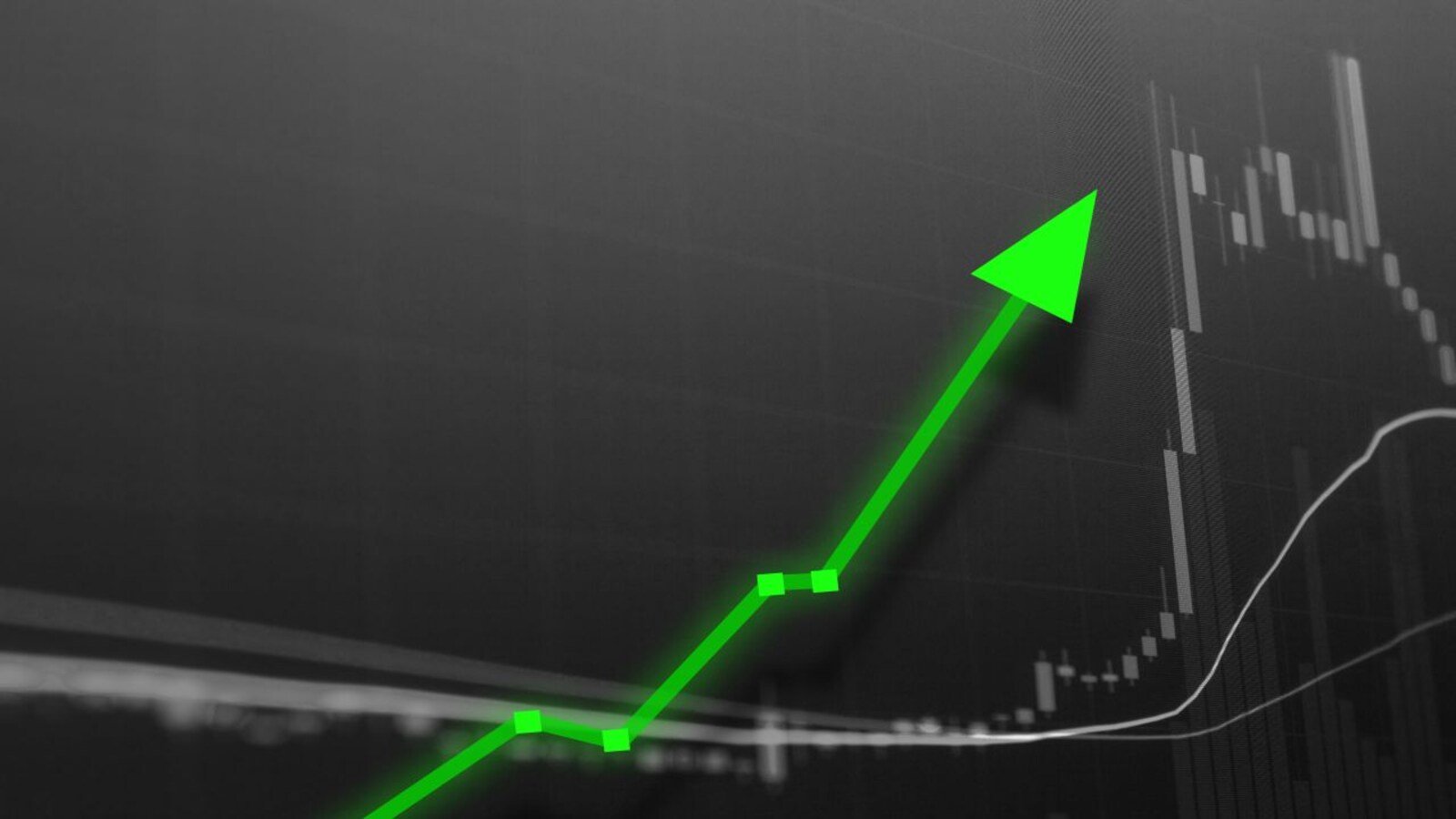Global Stock Markets Rattle Amidst US-China Tariff Showdown — Is the Next Crash Loading?

Published on April 8, 2025 | By Fact Post News
Just when global markets started to recover from inflationary shocks and war-related disruptions, another storm is brewing — and this time, it’s being stirred by the world’s two biggest economies.
The escalating tariff tensions between the United States and China have sent shockwaves through global stock markets. On April 7, 2025, former President Donald Trump threatened to impose an additional 50% tariff on all Chinese imports. The trigger? China’s refusal to roll back its recently hiked 34% retaliatory tariffs on U.S. products.
And just like that — investor panic took over.
📊 What’s Happening in the Markets?
- Dow Jones Industrial Average: Dropped by 684 points by the end of trading on April 7.
- Nikkei 225 (Japan): Fell 3.1%, its sharpest one-day fall in 2025.
- Shanghai Composite: Down by 2.7%, reflecting investor concern in China.
- Sensex (India): Lost over 600 points, as Indian exporters brace for global demand disruptions.
This market tremble isn’t about numbers alone — it’s about sentiment, fear, and uncertainty.
🧠 The Real Issue: Tariffs, Trade, and Trust
This isn’t just about economics — it’s about politics. Trump’s tariff threats come amid his re-election campaign narrative of “America First 2.0”, with China once again being painted as the central villain in U.S. trade imbalance.
China’s stance? “We won’t be bullied,” stated a Chinese Ministry spokesperson, firmly holding on to their retaliatory tariff regime.
The big concern: A prolonged tariff war between the U.S. and China could lead to:
- Disrupted supply chains
- Increased cost of goods globally
- Sharp dip in corporate profits
- Massive market correction
💥 Flashback: Have We Seen This Before?
Yes. The 2018-2019 US-China trade war had similar consequences:
- Global markets lost $5 trillion in value.
- Emerging markets were hit hard.
- Consumer goods became expensive.
- Manufacturing declined across the board.
Fast forward to 2025 — the stakes are even higher, with AI, semiconductors, and green tech now caught in the crossfire.
🔍 India’s Position: On the Edge
While India isn’t directly involved, the country has a lot at stake:
✅ Export-Driven Sectors: Like textiles, auto parts, and IT services could see reduced demand.
✅ Import Costs: May rise for critical components like solar panels, electronics, and rare earths.
✅ Investor Sentiment: Could shift to gold, crypto, or safer western bonds — causing rupee depreciation.
The RBI (Reserve Bank of India) is closely watching and might adjust its policy stance to ensure economic stability.
🧠 Fact Post News Analysis: What Should Smart Investors Do?
The smart money is not panicking. It’s positioning. Here’s how:
- Diversify your portfolio — Don’t be overly exposed to U.S. or China-heavy stocks.
- Consider sectors that benefit — Like Indian agriculture, pharma, and renewable energy.
- Stay updated — Follow macroeconomic cues, not just market rumors.
- Cash is King — In uncertain times, liquidity gives you power.
🔮 What’s Next?
Market experts warn that if neither side backs down, Q2 of 2025 could be a rocky ride for global stocks. The IMF has already revised its global growth forecast down by 0.4%, citing rising trade tensions.
The world watches closely as two giants flex their muscles — but it’s the smaller economies and everyday investors who feel the tremors.
🧠 Final Thoughts
This is not just a trade war — it’s a battle for economic dominance in a digitally transforming world.
As we always say at Fact Post News: “Smart readers make smart moves.” Don’t just follow the headlines — understand the forces behind them.
Stay informed. Stay sharp. And remember, every market storm brings its own rainbow — if you know where to look.




